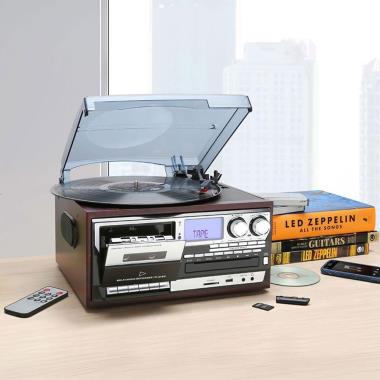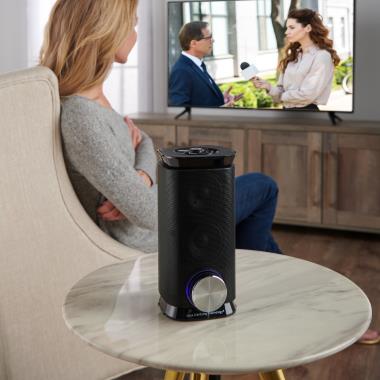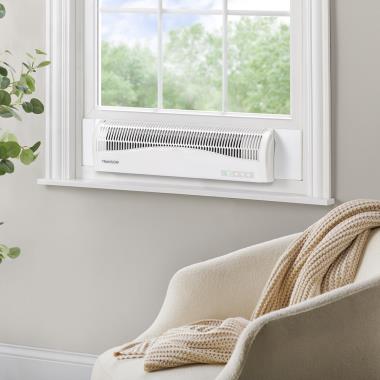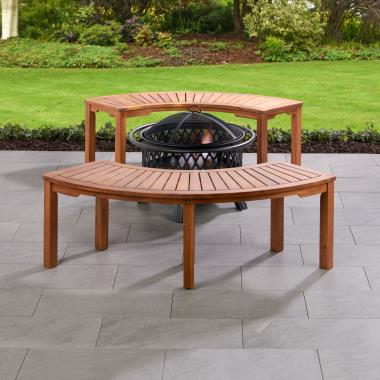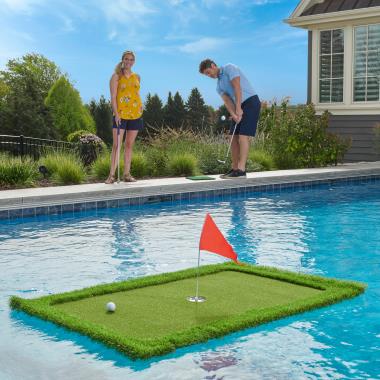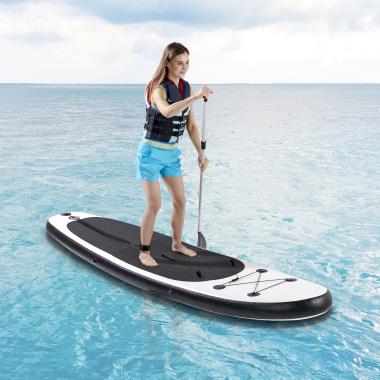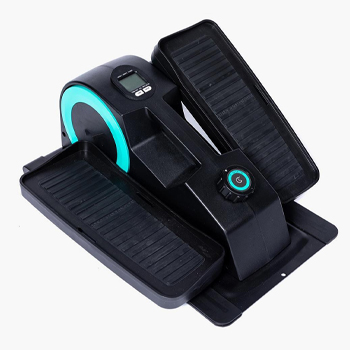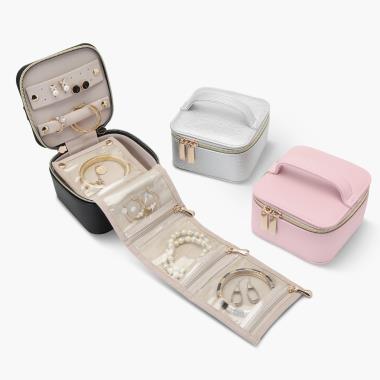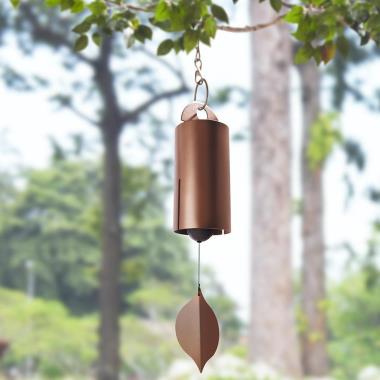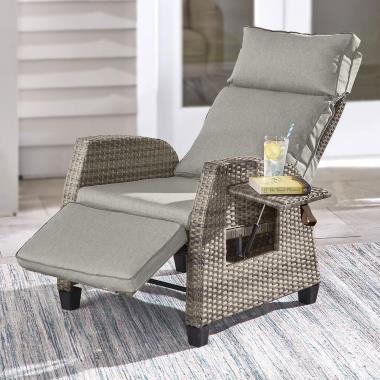April 3, 2020
Home Health Care Series
The New Normal today requires many of us to take on a greater share of responsibility than before to safeguard our and others' health, but that doesn't always mean we are set adrift into "Uncharted Territory" without any way to "Stay Safe." On the contrary, taking immediate charge of our own well-being can be a life-affirming action, especially when leaving our homes means raising our risk of exposure. Before the pandemic, a trip to the doctor always began with taking vital signs. We will be providing a four-part series on Home Health Care over the next couple of weeks.
Part 1 - Temperature
Today, we'll start with what's the best, most accurate, and safest way to take your own or someone else's temperature.
The CDC prescribes that temperature be taken twice per day (once in the morning and once at night) and monitored (and recorded if a person believes they’ve been exposed to COVID-19). If a temperature is above 100.4° F, you should take the necessary actions recommended by the CDC. However, before taking your temperature, you should wait at least 30 minutes after eating, drinking, or exercising and at least six hours after taking medicines that may lower your temperature, such as acetaminophen, ibuprofen, or aspirin.
So, you’ve waited 30 minutes (or six hours) and it’s morning (or bedtime). Which method is the most accurate while the safest one to use?
Johns Hopkins provides four ways to take temperature: Orally, Rectally, Axillary, By Ear, or By Skin. Pre-virus, taking another person’s temperature using any of these methods was generally safe, but today, taking temperature by ear or the skin is considered the safest because neither requires bodily contact.
One way to keep yourself and your family safe is to equip the home with The Hospital Grade No Contact Thermometer.
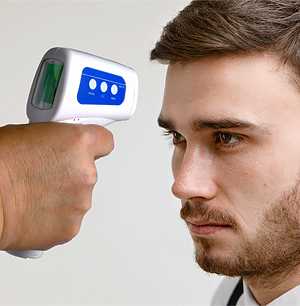
- Provides an accurate temperature reading in only one second without the need to make physical contact with a person who’s temperature is being taken.
- Used by hospitals for hygienic operation and it’s convenient
- Takes readings from the forehead
- Luggage/duffel handles for a trip you can’t avoid
- Displays temperature in Fahrenheit or Celsius on an backlit LCD
- Stores up to 32 readings - ideal if you follow CDC guidelines for taking and recording temperature readings twice per day.
A reliable, accurate thermometer provides an important essential for any stay-at-home healthcare kit. Please come back next week when we provide tips and product suggestions for taking your blood pressure at home.
Our Rather Famous Lifetime Guarantee
The products we offer are as unique as our name and our merchandise is backed by our Lifetime Guarantee of Satisfaction.
Learn MoreThe Story Behind a Retail Legend
In the beginning there was hardware. Over the decades much has changed at Hammacher Schlemmer. But our original philosophy has remained constant...and still guides us more than 175 years later.
Read Our StoryThe affiliated, independent Hammacher Schlemmer Institute was created in 1983 to rigorously research, test and rate products to make the Best products available to our customers.
Learn MoreSave $10 on Your Next Order & be the first to know about our unique new products
*Offer valid on orders over $99
Save $15 on Your Next Order & more exclusive offers when you sign up for text alerts
By signing up via text, you agree to receive recurring automated promotional and personalized marketing text messages (e.g. cart reminders) from Hammacher Schlemmer at the cell number used when signing up. Consent is not a condition of any purchase. Reply HELP for help and STOP to cancel. Msg frequency varies. Msg & data rates may apply. View Terms & Privacy.
*Offer valid on orders over $99
